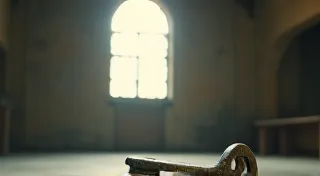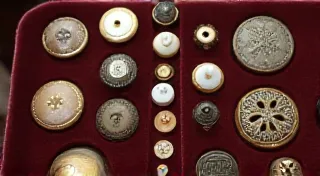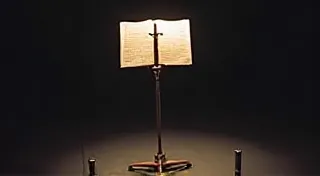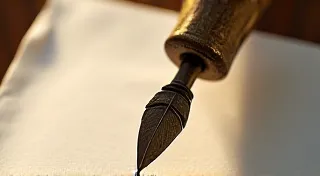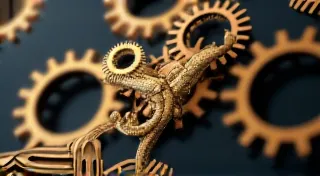A Mosaic of Memory: Sheet music as a Repository of Personal Narratives
The brittle edges, the faded ink, the scent of aged paper… these are the sensory hallmarks of vintage sheet music. But beyond their physical characteristics lies something far more profound: a portal to a bygone era, a whisper of personal histories, and a tangible connection to the people who once poured their hearts and souls into performing these now-classic melodies. Collecting vintage sheet music isn't merely about acquiring antique paper; it’s about assembling a mosaic of memory, a collection of individual narratives frozen in time.
More Than Just Notes: The Cultural Context
To truly appreciate the personal significance embedded in vintage sheet music, it's vital to understand the cultural landscape from which it emerged. Imagine a time when live music wasn’t ubiquitous. The sheet music itself was the key to unlocking a musical experience – a way for families to entertain themselves, to learn new songs, and to share in the joy of performance. The music itself reflected the spirit of the age: the exuberance of ragtime, the romanticism of the Victorian era, the patriotic fervor of wartime. Sheet music wasn’t just consumed; it was a central element of social life. The role sheet music played in the parlors and salons of the 19th century cannot be overstated; it facilitated social interaction and provided entertainment in a way digital music simply cannot replicate. Exploring the Shadows of the Salon: Sheet Music’s Role in 19th Century Social Gatherings offers a deeper look at this crucial connection.
Consider the rise of the player piano, a technological marvel that transformed homes into miniature concert halls. Sheet music for these pianos—the ‘piano rolls’—became a vital commodity. Or think about the popularity of singing along, and the importance of affordable, accessible sheet music for amateur musicians. This era witnessed a democratization of music, allowing people of all skill levels to engage with and contribute to the musical landscape.
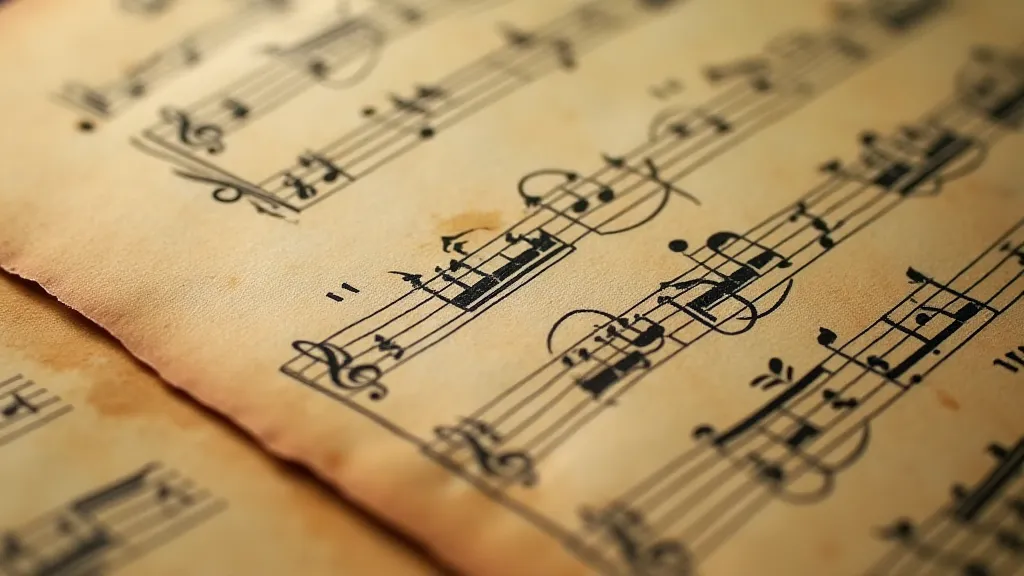
Unearthing Personal Stories
The true magic of collecting vintage sheet music lies in the personal connections you can forge with the past. Often, these collections aren’t simply acquired from music stores or online auctions. They are unearthed from attics, inherited from family members, or discovered in estate sales – legacies of lives lived and passions pursued. These pieces often come with their own stories, whispers of the past waiting to be rediscovered.
I recently acquired a small collection of sheet music from the estate of a woman named Eleanor. Tucked inside was a handwritten note: “My Waltz – First Dance – June 12, 1938.” The music was a slightly worn copy of "Moonlight Serenade" by Glenn Miller. It’s a simple phrase, yet it evoked a flood of emotion. Here was a tangible piece of Eleanor’s history: her first dance, her youthful romance, her connection to a specific moment in time. Imagine the countless hours spent perfecting the choreography, the excitement of a new relationship – all captured in that fragile sheet of paper.
Similarly, I've encountered collections marked with names, dates, and even practice notes scrawled in pencil – silent testaments to hours of dedication, dreams nurtured, and challenges overcome. A faded pencil mark beside a difficult passage in a Rachmaninoff piano concerto suggests countless hours of practice, the pursuit of mastery. The way performance practices evolved over time is fascinating; the insights that can be gleaned from these notations are invaluable for understanding the artistic journey of a piece.
Craftsmanship and Artistic Detail
Beyond the personal narratives, appreciating vintage sheet music requires an admiration for the craftsmanship involved. Early sheet music wasn’t simply printed; it was an artistic endeavor. The cover designs, often featuring beautifully rendered illustrations and period-appropriate typography, were intended to entice potential buyers and capture the essence of the music itself. Consider the ornate Art Nouveau designs of the late 19th century or the bold, graphic styles of the Art Deco era. These weren’t just functional; they were works of art in their own right.
The printing techniques themselves are fascinating. Lithography, a common method for early sheet music, required skilled artisans and produced incredibly detailed and nuanced images. The quality of the paper, the precision of the printing, the intricate cover illustrations – all spoke to a level of artistry and attention to detail that is often lacking in today’s mass-produced media. It's remarkable to consider how the evolution of performance influenced not just the music itself, but also how it was presented and consumed.
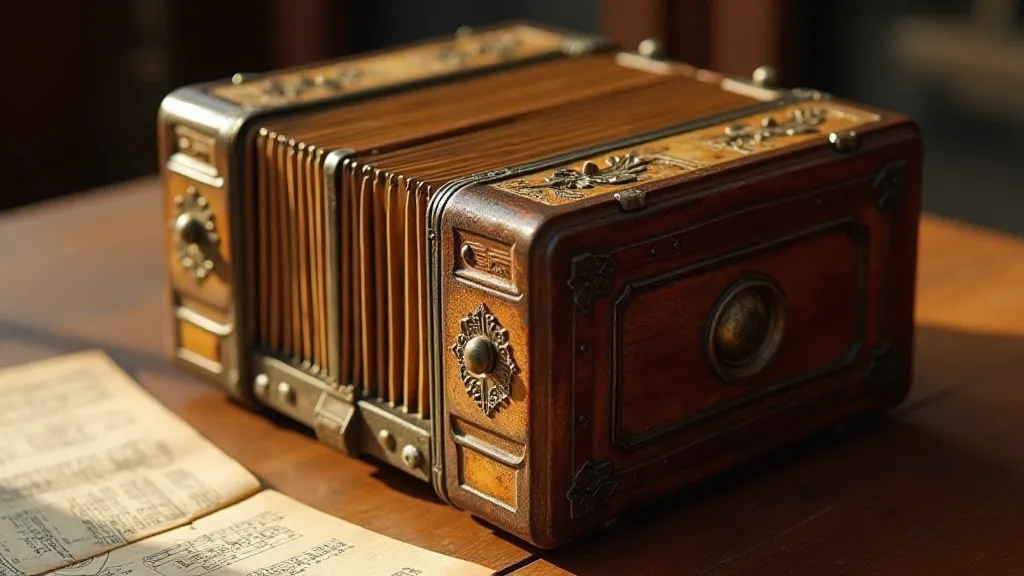
The Evolution of Performance & Notation
The journey of a musical piece from composer to performer and audience was rarely straightforward. Sheet music acted as a critical bridge, but its interpretation and performance practices changed significantly over time. Contemporary interpretations frequently diverged from the original intentions indicated on the page. While the written music provides a framework, the nuances of phrasing, tempo, and dynamics were often left to the performer's discretion. Examining how these performance conventions shifted can offer unique insights into the social and artistic climate of different eras, and how the notation itself attempted to capture—or failed to—those subtle shifts. For those particularly interested in the development of musical interpretation, delving into The Unfinished Cadenza: Sheet Music as a Record of Evolving Performance Practices provides further insight.
Preservation and Appreciation: A Gentle Touch
Collecting vintage sheet music carries with it a responsibility – the responsibility to preserve these fragile pieces of history. While restoration is often tempting, it's crucial to approach preservation with a gentle touch. Aggressive cleaning or repairs can often do more harm than good. Instead, prioritize storage in acid-free sleeves and folders to prevent further deterioration. Understanding the materials involved – the type of paper, the inks used – is also essential for proper handling and storage. Consider the impact of environmental factors like humidity and light exposure, which can accelerate the deterioration process. It’s essential to treat each piece with respect and understand its vulnerabilities.
However, appreciate the aging process too. The foxing (those brownish spots) and the yellowing paper are part of the story. These imperfections are marks of time, witnesses to the music’s journey through the decades. Attempting to erase these signs of age risks erasing a piece of the history itself. They are like rings on a tree, revealing the passage of time and the experiences the sheet music has endured.
The Visual Language of Music
Beyond the melodies and harmonies, vintage sheet music is a captivating visual record. The covers were not just decorative; they were sophisticated marketing tools designed to capture the imagination of potential buyers. Artists invested considerable effort in crafting images that conveyed the emotional essence of the music. These weren't mere illustrations; they were miniature works of art that told stories and evoked moods. They reflect the artistic styles of their time, from the lush romanticism of the Victorian era to the streamlined modernity of the Art Deco period. The visual cues offered by the covers often influenced the listener's perception of the music itself. For a closer look at these captivating covers, explore The Dance of the Margins: Visual Art & the Storytelling of Sheet Music Covers.
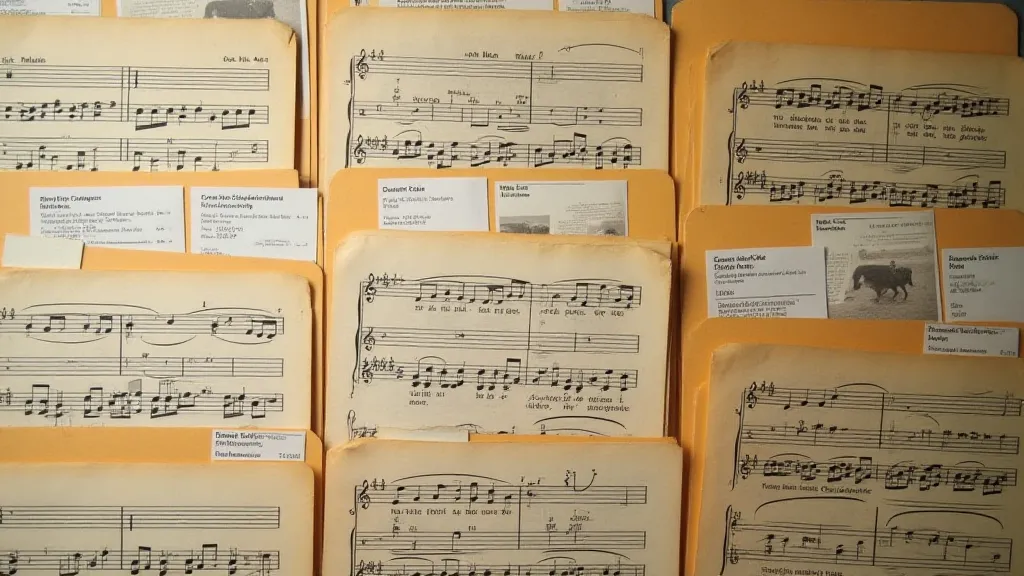
More Than Just Paper: A Link to the Past
Ultimately, collecting vintage sheet music isn't about accumulating objects; it’s about cultivating a deeper understanding of the past. It's about connecting with the people who once poured their hearts and souls into these melodies. Each faded cover, each handwritten note, each brittle page tells a story – a story of love, loss, joy, and perseverance. The stories within these pages are a window into the lives and aspirations of generations past.
These collections offer a unique window into a bygone era, providing glimpses into the lives of those who lived and loved through the music. They are tangible links to our cultural heritage, and invaluable repositories of personal narratives – a true mosaic of memory, captured in paper and ink. And the artistry of the design, the composition, and the printing process itself provide valuable insight. Those interested in the evolution of these visual narratives should further explore The Dance of the Margins: Visual Art & the Storytelling of Sheet Music Covers.
The next time you hold a piece of vintage sheet music, take a moment to appreciate not just the notes on the page, but the history it embodies—the life it once illuminated. Let it transport you to another time, another place, and allow yourself to be moved by the stories it holds.
